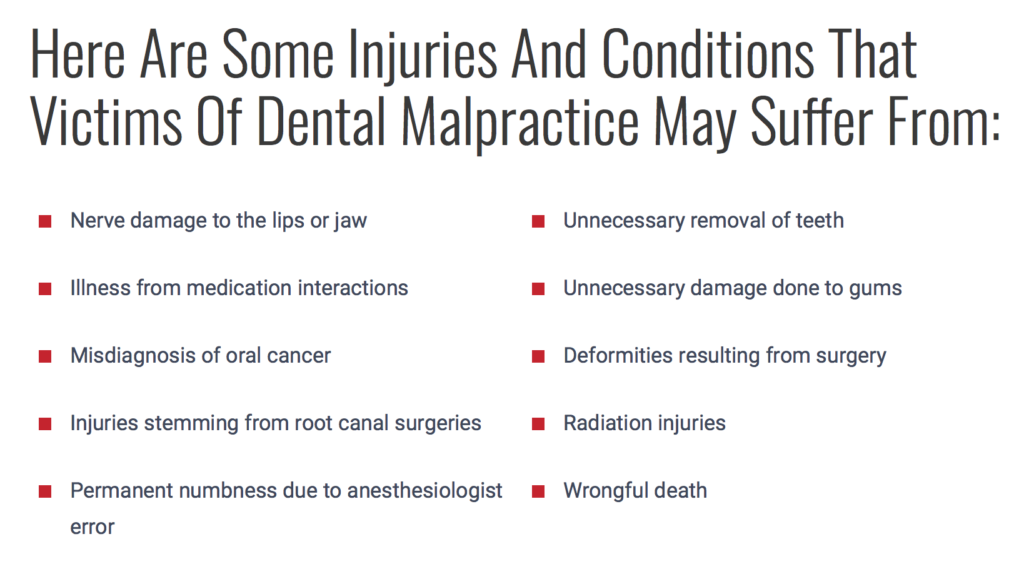The Hurt Locker: Where Rugby Injuries Can Ruin Lives
World Rugby, Union and League, demands the running and endurance of 11-a-side football combined with heavy contact and rough tackling. Where there is smoke, there is fire. With such a volatile match play event, there is always a potential for injury both mild and serious (such as traumatic injuries sustained during collisions with other players or the ground surface during scrumming, rucking & tackling etc)
Most Common Rugby Injuries
Medial collateral ligament (MCL) injury
What is it? The MCL is a ligament found in our knee, which works with other ligaments to give us stability during running and walking. Injury is caused by the fibres that make up the ligament being torn or completely ruptured.
Why does it occur? MCL injuries are more likely to occur in players who play in a back position, due to the increased likelihood of being tackled and the requirement for fast changes of directions. The force of a tackle can place excessive strain on the ligament causing the tear.
What can be done to prevent it? Conditioning training can be undertaken to improve the strength of the knee and speed work, which improves the resilience of the knee to the stresses and strains of sudden changes of direction.
Calf Muscle Injury
What is it? A calf strain is a tear to the either the Gastrocnemius or Soleus muscle, most commonly at the point where they join the Achilles tendon.
Why does it occur? Multiple factors such as, not warming up effectively, insufficient recovery time between matches, weak or tight calf muscles, poor running, speed work on very tired muscles, over stretching or incorrect stretching, structural problems e.g. over-pronation (rolling inwards) or over- supination (rolling outwards) of the foot.
What can be done to prevent it? Implementation of effective recovery techniques (e.g. ice baths), conditioning training and corrective rehabilitation to improve running technique can prevent injury.
Thigh Haematoma
What is it? Haematoma are caused by a direct blow to the affected area. They are basically a severe bruise as the trauma causes damage to the blood vessels leading to blood leaking around the tissue forming a large clot.
Why does it occur? From physical contact and impact. As rugby is a contact sport these injuries are bound to happen.
What can be done to prevent it? Not much! It is very difficult to prevent without changing what makes rugby such a great game. Early implementation of RICE (rest, ice, compression and elevation) principles can dramatically reduce recovery time and should be implemented as soon as possible post injury.
Hamstring Injury
What is it? It is a tear of the muscle fibres that make up the hamstring (bicep femoris, semi-tendinosus and semi-membranosus).
Why does it occur? Multiple factors such as, not warming up effectively, insufficient recovery time between matches, weak or tight hamstring muscles, poor running, speed work on very tired muscles, over stretching or incorrect stretching and structural problems.
What can be done to prevent it? Implementation of effective recovery techniques (e.g. ice baths), conditioning training and corrective rehabilitation to improve running technique can help prevent injury.
Concussion
What is it? Concussions are traumatic head injuries that occur from both mild and very severe blows to the head. Why does it occur? It is simply caused by the physical contact nature of rugby. What can be done to prevent it? Not much! It is very difficult to prevent without changes what makes rugby such a great game. The RFU work hard to ensure they have a robust process in place to manage suspected head injuries effectively.
Overuse Injuries
Because rugby involves a great deal of running, tendinitis in the knee or ankle, medial tibial stress syndrome (shin splints) and bursitis are all overuse injuries commonly seen. Although these are usually not considered “serious” injuries, they can adversely affect performance and possibly lead to more complicated conditions if not properly addressed by a qualified sports medicine professional.
As it is a collision sport, traumatic injuries do occur in rugby. They can include fractured bones, dislocated fingers and elbows, cuts, sprained ligaments and strained tendons or muscles and deep muscle bruises. There has been an increase of facial fractures, especially of the nose because helmets are not worn.
Injury Treatment
When recovering from a rugby injury there are a few things to consider. As with most sports, regaining strength and flexibility after an injury are important to a successful rehabilitation. Neck, shoulder, hip and core strength, as well as flexibility of the hamstrings and hip flexors are important for overall conditioning and can minimize the chances of an athlete sustaining a secondary injury. Because rugby is a continuously moving sport, working to regain a high level of endurance also plays a large role in the effectiveness of a player returning from a rugby injury.
Injury Prevention
Practice a balanced and structured training regimen involving strength, flexibility and endurance.
Always use proper technique when tackling, rucking and scrumming.
Learn proper positioning during game play to minimize risky moves.
Use a quality, properly fitted mouth guard.
Participate at a level consistent with ability.
Adhering to the rules for the formation of the scrum.
Ask your athletic trainer or other sports medicine professional about any training or injury questions.



